We understand why you question whether this is blackspot or something else. The confusing thing is that sometimes the blackspot fungus Diplocarpon rosae is pictured as being round dark spots, often with a lighter center. So when we see dark spots that have fuzzier edges it seems like this might be another disease. But there aren’t other rose diseases that look like this.
To combat black spot early in the season, try to water so that the foliage isn’t splashed. It’s easier to stall this disease or prevent it than it is to treat it once the plant already has the fungus. Plant resistant varieties when possible. Spray with a fungicide labeled for blackspot right from when the plant breaks dormancy. Repeat that spray once most of the leaves have dropped off, coating the stems to kill any of the fungus that is remaining there. Rake up all fallen leaves and throw them out. Never water a rose in the evening or night, only in the AM so that the foliage dries quickly. Mulch early in the season to cover up any fungal spores in the soil and prevent them from splashing onto the foliage.
You can see blackspot photos that look more like your plant here: http://www.hgtvgardens.com/garden-basics/preventing-rose-diseases
and here: http://www.backyardnature.net/n/x/blakspot.htm
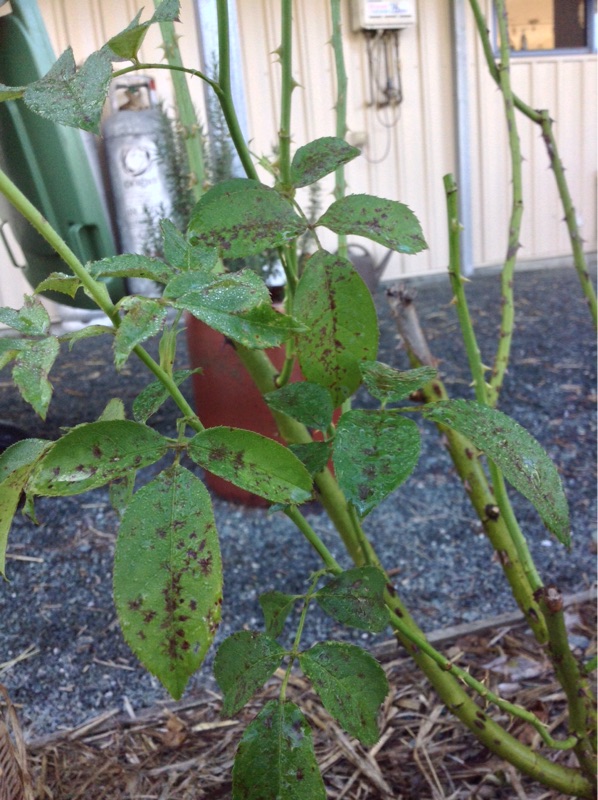
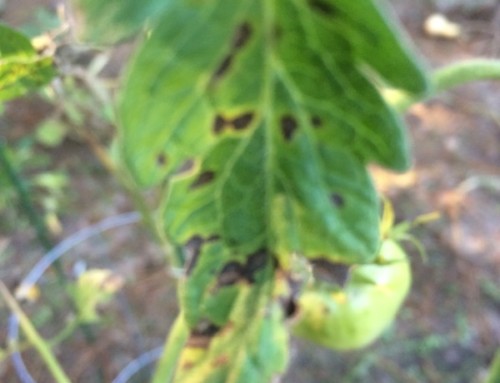
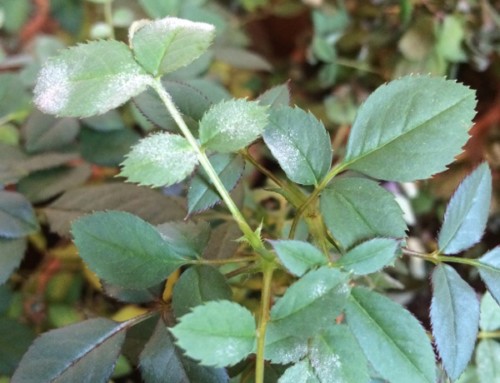
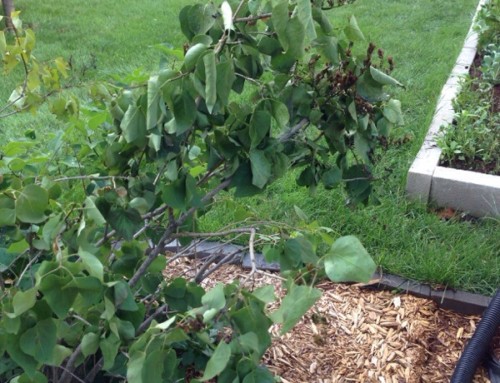
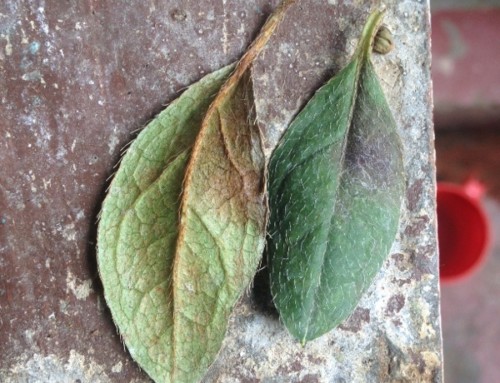
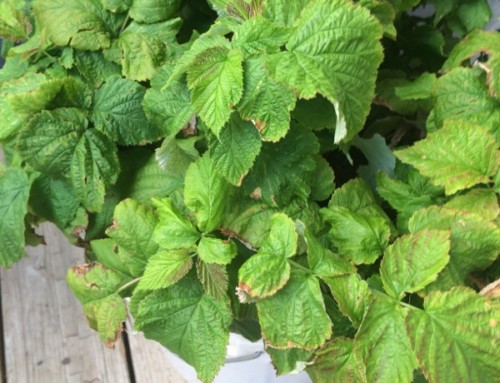
Leave A Comment